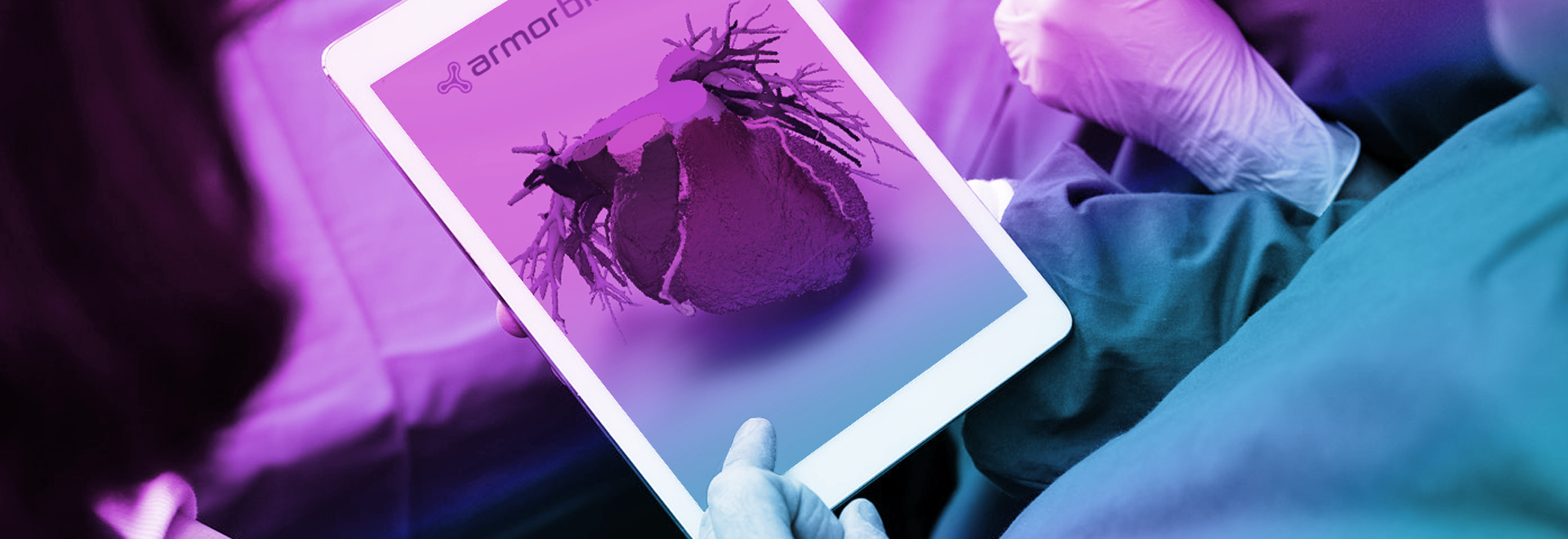We at Armor Bionics specialize in image segmentation and 3D medical modeling, offering a online straight forward solution for the development of surgical planning medical models.

FAQ / SUPPORT
ABOUT US
FAQs
What dataset formats can I upload to be converted to STL?
Import DICOM, JPEG, TIFF, BMP, X-ray or raw image data to be converted to STL file format.
Why STL?
STL is the leading format for additive manufacturing “manifold” models, this ensures universal compatibility across all manufacturers.
Why use this service?
Our platform has been specifically designed for image processing. We offer a complete solution for segmentation of medical images “slice” datasets (coming from CT, MRI, micro-CT, CBCT, 3D Ultrasound, Confocal Microscopy) once converted resulting in highly accurate 3D models of the patient’s anatomy.
You can then use these patient-specific models for a variety of engineering applications directly, or export the 3D models and anatomical landmark points to 3rd party software, like statistical, CAD, or FEA packages.
Use our platform to:
- Easily and quickly create accurate 3D models from imaging data
- Accurately measure in 2D and 3D
- Export 3D models in STL format for additive manufacturing
- Export 3D models to CAD or other formats
Can I use any DICOM dataset?
Depending on your needs please refer to Boston Children’s Hospital’s guide on imaging modality and slice thickness scanning protocol for tips on the best possible configurations and settings to ensure that the dataset shouts the best possible 3D model.
Rule of Thumb: The higher the slice count and thinner the slice, the better the quality of the resulting model. (Higher Resolution)
In other words: higher slice count = higher quality of the 3D model (higher resolution)
QUESTIONS?
Our team of skilled professionals is available to collaborate with you on your biomedical challenges, to get your desired results in the most efficient way, feel free to contact us anytime!
